First, why did he put R3 high--alone: H-Bridge Transistor Smoking?
My real question is about the minimum number of parts. I believe the minimum components for a BJT H-Bridge applied to a small 3-6V motor, controlled by an Arduino, are four of each: transistors, diodes and resistors.
I plan to use two 2N906 (PNP), two 2N3904 (NPN) and four 1kΩ resistors. I chose BJTs because they seem cheaper than MOSFETs.
 http://everycircuit.com/circuit/4696275458195456
http://everycircuit.com/circuit/4696275458195456
Edit: Since this question has been downvoted, I recede the BJT constraint.
Can it be done with less components?
I found many poor designs with less parts. For example, this one and this one are missing flyback diodes among other things.
